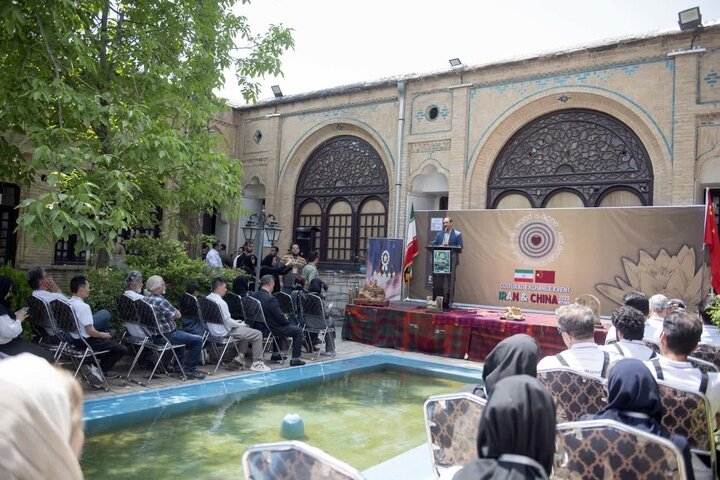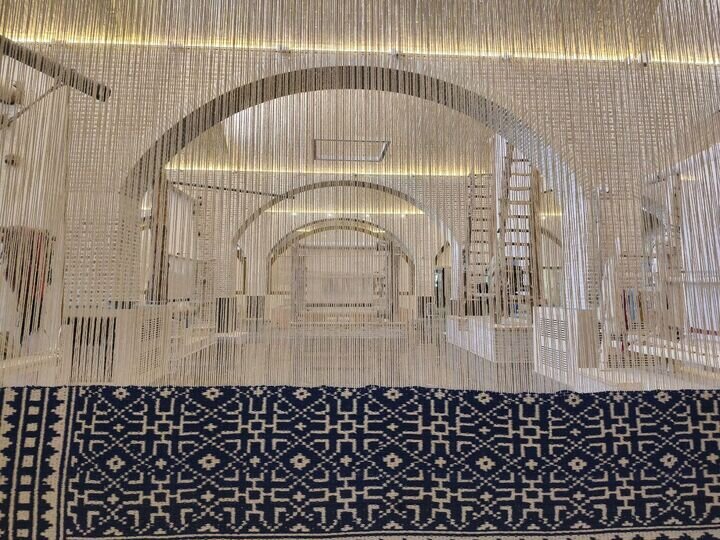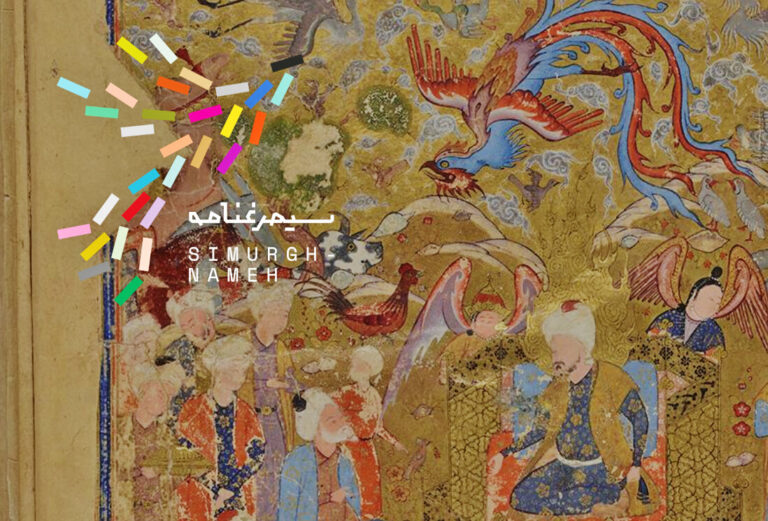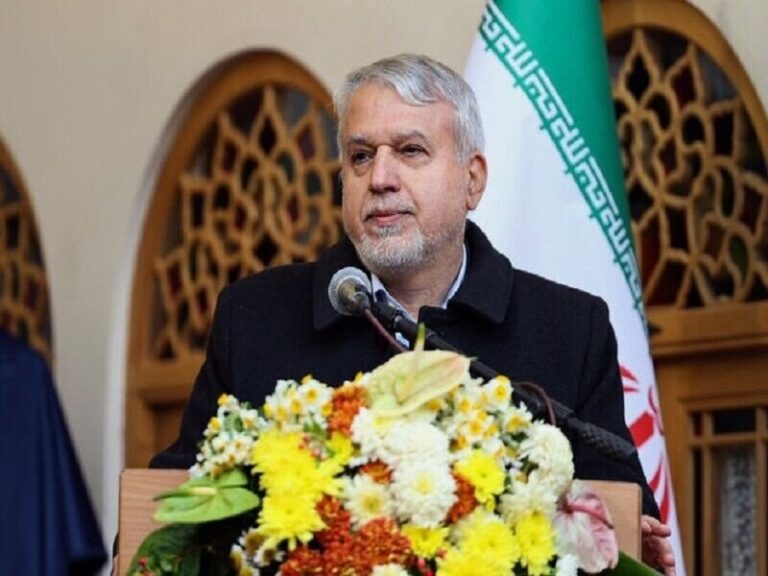
Similar Posts

Unleash Your Creativity: Enter the Silk Road International Youth Photography Competition Today!
The 4th Silk Road International Youth Photography and Short Video Competition is now accepting submissions from young creators aged 12 to 20. Organized with Iran’s Ministry of Foreign Affairs, the competition, themed “Bridging Cultures,” aims to promote cultural exchange along the historic Silk Road. Participants can submit up to two original entries by August 31, focusing on cultural heritage and traditional themes. Winners will be awarded and invited to a prize-giving ceremony in Fuzhou, with travel expenses covered. This initiative celebrates the Silk Road’s rich legacy of cultural exchange, connecting diverse societies across Europe and Asia.

Yazd Launches First International Academy for Handwoven Textiles: A Hub for Artisans and Innovation
An international academy dedicated to traditional handwoven textiles and carpets will open in Yazd, Iran, as part of efforts to preserve the country’s textile heritage. Collaborating with the International Council of Museums, the academy will educate future generations about loom-based and non-loom textile arts, offering workshops and courses in handweaving and design. The initiative aims to revive Yazd’s historic textile industry, foster job creation, and promote tourism. The recently inaugurated Tar-o-Pud Museum will showcase Iran’s rich textile history, featuring artifacts and interactive weaving workshops, enhancing Yazd’s cultural landscape and economic vitality.

Emergency Restoration Successfully Revives Sasanian Rock Relief of King Bahram II
The emergency restoration of the Sasanian rock relief of Bahram II at Tang-e Chogan, Bishapur, has been completed, highlighting the importance of preserving Iran’s cultural heritage. The project was initiated after a section of the relief, damaged in 2011 by a treasure seeker, collapsed again due to natural factors. Restoration experts used modern techniques to clean and reassemble the relief, which depicts significant historical scenes, including the king receiving an Arab delegation. This relief is notable for being the only Sasanian monument representing an embassy. The site is part of a UNESCO World Heritage site, showcasing the grandeur of the Sassanian era.

Iran Welcomes 7.3 Million International Visitors in Last Persian Year, Reports Deputy Minister
Iran welcomed 7.3 million foreign tourists during the Persian year 1403, which ended on March 20, 2025, as reported by Deputy Minister for Tourism Anoushirvan Mohseni-Bandpey. This marks a significant increase from 6.38 million in the previous year, highlighting Iran’s growing appeal as a travel destination. The data, derived from reliable sources, also indicated over 36 million domestic trips during the Nowruz 1404 holidays. With 28 UNESCO World Heritage sites, Iran’s rich culture and history attract international visitors. The government’s focus on enhancing tourism infrastructure suggests continued growth and a promising future for the sector.

Discover Iran’s Rich Cultural Heritage: Introducing Simurgh Nameh, the New Digital Platform for Cultural Promotion
Simurgh Nameh is an innovative online platform launched in Tehran to explore and celebrate Iranian arts and culture. Inspired by the mythical Simurgh, it aims to unite and digitally archive the diverse cultural heritage of Greater Iran, connecting artifacts scattered across museums and collections worldwide. The platform features a user-friendly interface, extensive database, educational resources, and encourages community engagement. It addresses the pressing need for cultural preservation amid globalization by documenting heritage, raising awareness, and supporting research. Simurgh Nameh represents a significant advancement in the accessibility and promotion of Iranian cultural history for researchers and enthusiasts alike.

Unlocking Rudbar: Tourism Minister Calls for Boosting Foreign Visitor Appeal in Iran’s Cultural Heart
Iranian tourism official Seyyed Reza Salehi-Amiri emphasized Gilan province’s potential as a prime tourist destination, highlighting Rudbar’s rich cultural heritage and its 75 registered heritage sites. He called for increased archaeological excavations to uncover more artifacts and stressed the importance of investment in tourism and handicrafts to boost the local economy. Gilan’s tourism capacities remain largely untapped, with plans to construct 100 hotels annually and double accommodation capacity. Salehi-Amiri aims to attract tourists from Central Asia and the Caspian region, promoting Gilan’s stunning landscapes and diverse culture as key draws for visitors.